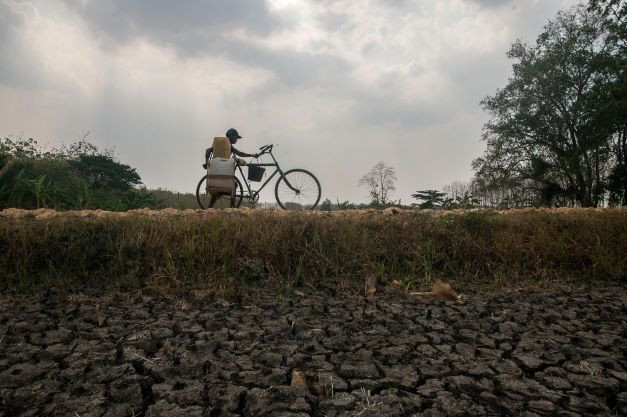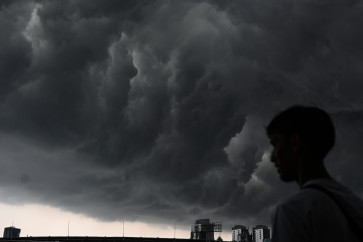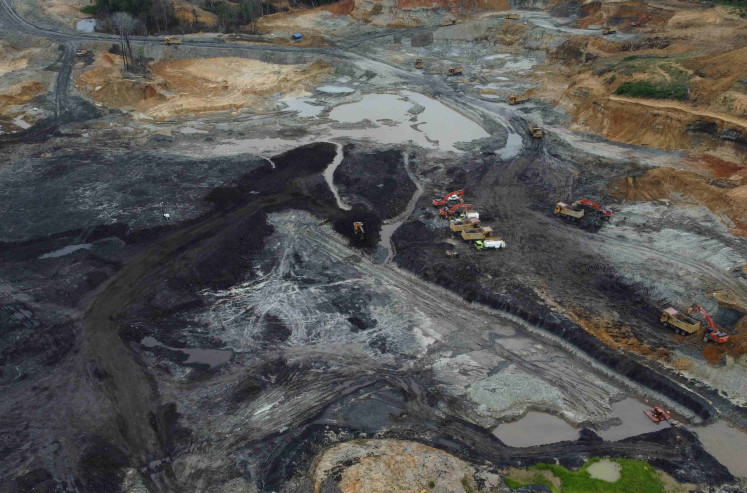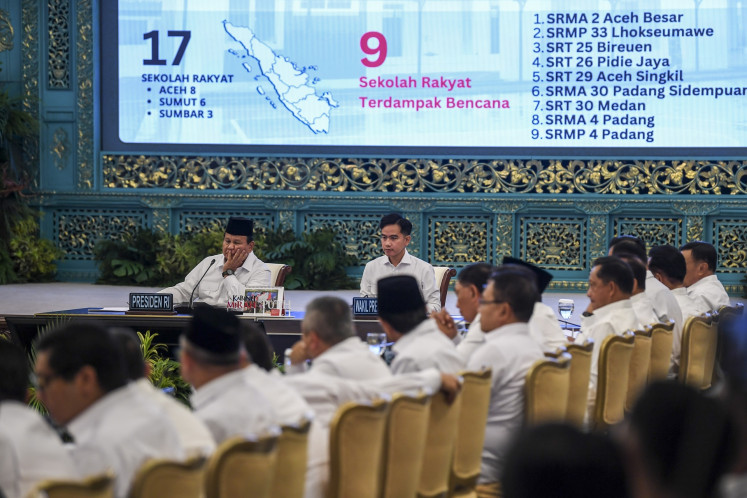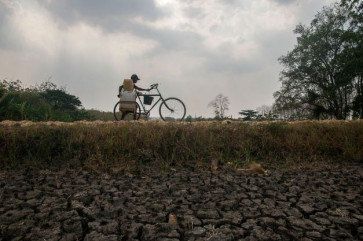Popular Reads
Top Results
Can't find what you're looking for?
View all search resultsPopular Reads
Top Results
Can't find what you're looking for?
View all search resultsAddressing the climate crisis: Loss and damage
The COP27 agreement on loss and damage funding was a breakthrough for developing and developed nations, and Indonesia should be looking to incorporate climate-related L&D policies as it gears up for the 2024 polls.
Change text size
Gift Premium Articles
to Anyone
H
ave you ever imagined a small island sinking due to rising sea levels? Global warming has caused sea temperatures to rise and melt polar ice caps. As a result, the volume of seawater increases to eventually submerge land.
Life as we know it, including all living creatures as well as human civilization and culture, will disappear instantly. This is one of the worst possible impacts of climate change.
Climate change has had substantial negative impacts on ecosystems, infrastructure and the health and livelihoods of people around the world. At the Conference of the Parties (COP) to the United Nations Framework Convention on Climate Change (UNFCCC), the issue of loss and damage (L&D), such as to ecosystems and infrastructure, is a priority for many vulnerable countries because of the severe climate change impacts they are experiencing. For many small island states, these impacts pose an existential threat.
What we need to understand is that the impacts of climate change are permanent, meaning that they are irrecoverable and so there is no going back to the way things were.
According to a 2022 report by the UN Environmental Program (UNEP), almost half of all natural disasters on Earth are climate disasters: The devastating wildfires of 2022 in the United States and Canada were the result of a long heat wave in the northern hemisphere; years of drought threaten Africa with widespread famine; and flash floods in Pakistan have affected 30 million people.
Over the past 50 years, climate-related disasters around the world have killed an average of 115 people per day, with more than 91 percent of the deaths occurring in developing countries. The current level of global L&D is actually difficult to calculate, but it is estimated to be no less than US$200 million each day. From 1970 to 2019, more than 11,000 climate disasters occurred, leading to more than 2 million deaths and $3.64 trillion in financial losses.
In Indonesia, more than 90 percent of disasters, including floods and landslides, are meteorological disasters linked to the climate crisis. A study by the National Development Planning Agency (Bappenas) shows that Indonesia may suffer Rp 544 trillion ($36 billion) in potential economic losses in 2020-2024 due to the climate crisis. Around 80 percent of losses are incurred by coastal and coastal damage, and the rest due to declines in agricultural production (rice), health and clean water supply.

